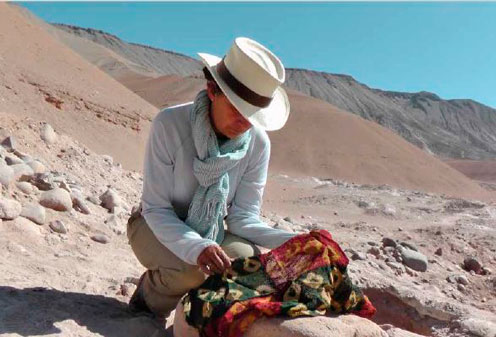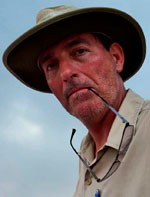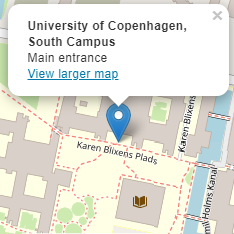The Analysis of Colored Textiles from the Ancient Andes

Lecture by Dr. Hans Barnard, Associate Researcher at the Cotsen Institute of Archaeology & Associate Adjunct Professor, Department of Near Eastern Languages and Cultures, both at UCLA.
Ethnicity, culture, and identity are not at all properties wholly or partly embedded in our DNA, such as eye color, skin color, or physical appearance, but rather like clothes that are worn, tailored, and selected to fit the occasion. Indeed, in most human societies clothing forms a more important part of the psycho-social identity of its members than their physical traits.
This was definitely the case in the ancient Andes, where textiles and clothing formed a central part of daily life as well as socio-economic structures. Made from cotton or camelid fibers, most garments were brightly colored and often displayed intrinsic decorations.
Until recently such artifacts, many from looted contexts, were studied from an art-historical perspective.
Recently more attention is paid to their raw materials, production techniques, and social meaning. This seminar will focus on recent analysis of the stable isotope ratio of the fibers used, to establish their origin, as well as analytical chemical research into the various organic dyes used to change their color.
About Dr. Hans Barnard
 After obtaining a MD and PhD in Archaeology from Leiden University (the Netherlands), Hans Barnard is now Associate Researcher at the Cotsen Institute of Archaeology at the University of California, Los Angeles, as well as Associate Adjunct Professor in the Department of Near Eastern Languages and Cultures, at the same university.
After obtaining a MD and PhD in Archaeology from Leiden University (the Netherlands), Hans Barnard is now Associate Researcher at the Cotsen Institute of Archaeology at the University of California, Los Angeles, as well as Associate Adjunct Professor in the Department of Near Eastern Languages and Cultures, at the same university.
As an archaeological surveyor, photographer and ceramic analyst he has worked on sites in Armenia, Chile, Egypt, Ethiopia, Iceland, Panama, Peru, Sudan, Syria, Tunisia and Yemen. He is currently involved in research projects investigating the prehistory of the Tigray region in northern Ethiopia, the ancient production techniques of the artifacts in Museo Egizio in Turin (Italy), and the archaeology of the Ocoña Valley in southern Peru.
With W.Z. Wendrich and R.M. Bridgman he has published “Report of the Baynun Mapping Project” (Leiden, 1999), with J.W. Eerkens “Theory and Practice of Archaeological Residue Analysis” (Oxford, 2007), with W.Z. Wendrich “The Archaeology of Mobility: Old World and New World Nomadism” (Los Angeles, 2008), and with K. Duistermaat “The History of the Peoples of the Eastern Desert” (Los Angeles, 2012).

